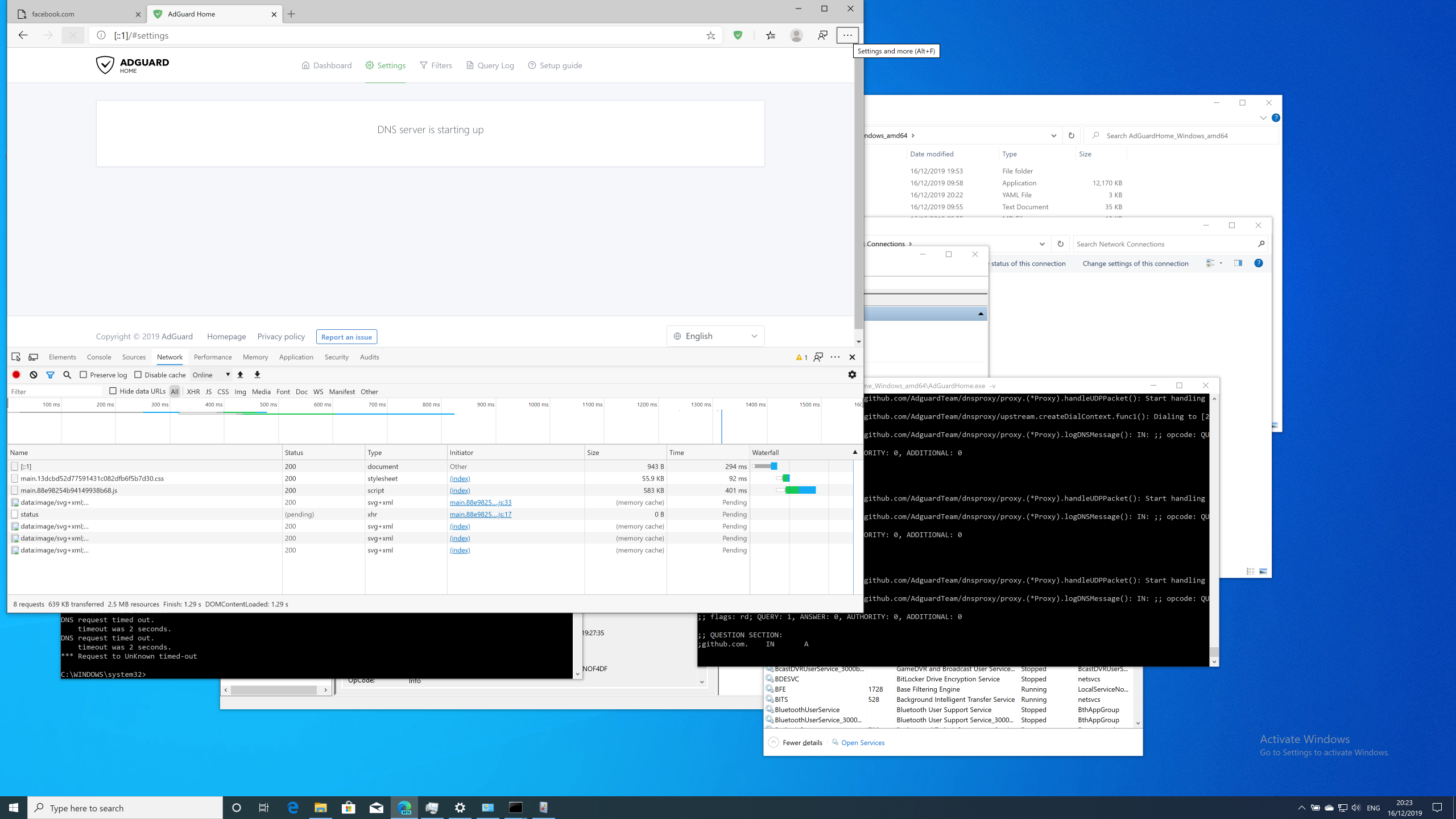

The point of using TTL is to keep undeliverable packets from circulating endlessly in a routing loop, gumming up the inner workings of the internet. If the count is at 0, it discards the packet and sends an ICMP message back to the original host. When the count is greater than 0, the router forwards the packet. Each router that receives the packet subtracts 1 from the TTL count. A TTL can be set to any value between 1 and 255. It includes a time limit value with the packet, called a Time to Live (TTL) or hop limit. Traceroute maps out the pathways by sending ICMP ping packets. It traces the route, get it? How does Traceroute work?

It shows you the path it follows and how much time it takes between each hop of the path. Traceroute is a handy tool that you can use to see how much time it takes a packet to get from your computer to some specific destination on the internet.

This article explains how traditional traceroute functions and why it doesn’t work as well as it once did. While in the past, traceroute was a powerful tool for troubleshooting routing issues, now it often no longer works as expected, leaving you with the “traceroute request timed out” blues. Ever run a traceroute command and gotten partial or inconsistent results and wondered what was up with that? Or even if you scarcely ever use traceroute, maybe you just want to learn more about how it works (or doesn’t work, as the case may be).


 0 kommentar(er)
0 kommentar(er)
